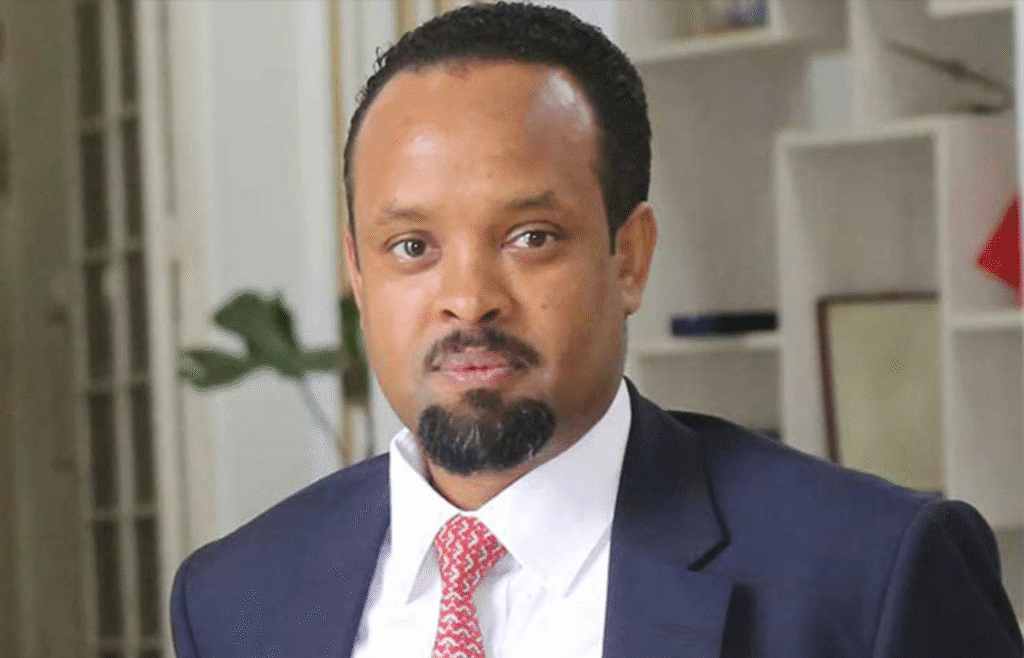Ethiopia’s Official Development Assistance: Insights from the Annual Development Cooperation Report 2023/24
The Ministry of Finance in Ethiopia has recently disclosed vital statistics regarding the disbursement of Official Development Assistance (ODA) for the fiscal year 2023/24. Notably, it has been revealed that a mere 15 percent of ODA allocated through government-to-government agreements was funneled through the national treasury.
Overview of ODA Disbursement
This statistic, as highlighted in the Annual Development Cooperation Report, underscores a continuing trend towards reliance on off-budget aid channels. Such a dependency hinders the alignment of ODA with national priorities and long-term development planning. Semereta Sewasew, the State Minister of Finance, has called on development partners to increase their cooperation via national systems to foster greater ownership, alignment, and sustainability in development outcomes.
ODA Commitments and Sectoral Allocation
Ethiopia’s ODA landscape for the fiscal year has seen significant commitments, totaling $4.1 billion for 87 projects supported by 21 development partners. Of this amount, approximately $2.1 billion (53 percent) was allocated as grants, while concessional loans accounted for $1.9 billion (47 percent). Major contributors included the International Development Association with $2.6 billion, followed closely by the Global Fund and USAID.
Sectorally, the commitments have been focused on priority areas such as:
- Agriculture: $1.03 billion
- Energy Generation and Supply: $768 million
- Health: $694 million
Disbursement Tracking and Aid Management
From the total commitments made, a substantial $2.8 billion was disbursed, with 77 percent or $2.2 billion of this amount being tracked as on-budget. Despite the modest proportion of funds that passed through the treasury, the tracking of ODA in the Aid Management Platform has shown improvement, with 87 percent of all ODA being recorded.
Economic Context and Reforms
The findings on aid disbursement are set against the backdrop of significant domestic reforms in Ethiopia. The country has experienced an 8.1 percent growth in its economy for the fiscal year 2023/24, driven primarily by advancements in the services, industry, and agriculture sectors. Additionally, public debt has decreased significantly to 32.9 percent of GDP, down from 40.8 percent in the previous year, primarily attributed to G20 Common Framework restructuring.
The ODA-to-GDP ratio has also shown a downward trend, settling at 1.38 percent, indicating a gradual shift away from aid dependency.
Future Development Cooperation
Ahmed Shide, the Minister of Finance, has expressed the necessity of aligning development cooperation with Ethiopia’s Homegrown Economic Reform 2.0 agenda. He has encouraged partner organizations to underpin macroeconomic reforms, enhance climate action initiatives, promote regional integration, and balance immediate humanitarian needs with overarching long-term development goals.
As Ethiopia continues to navigate its development journey, the call for increased cooperation through national systems serves as a strategic pathway to enhance the effectiveness and sustainability of foreign aid.
For further information on Ethiopia’s development strategies and ODA details, visit the Ministry of Finance and gain insights into the broader context of development cooperation initiatives across the globe.
